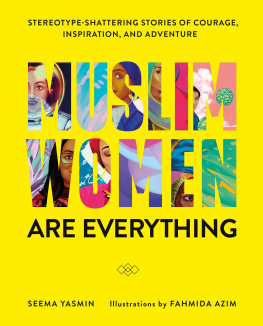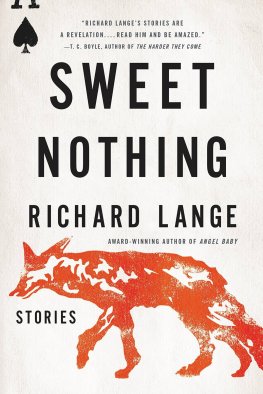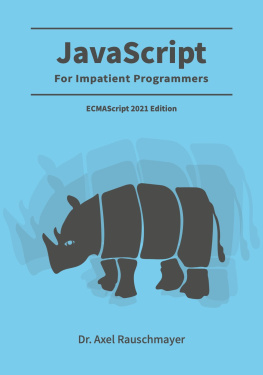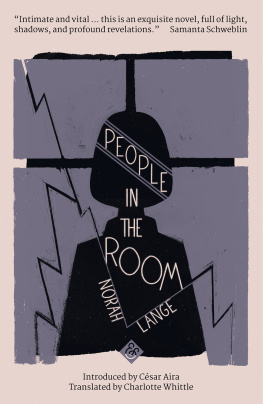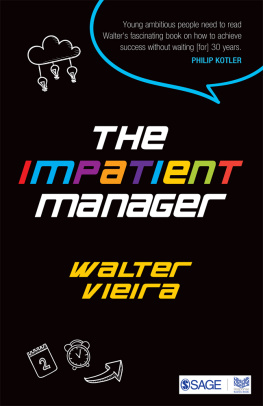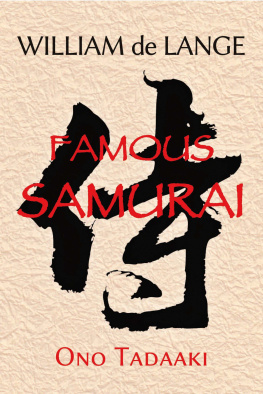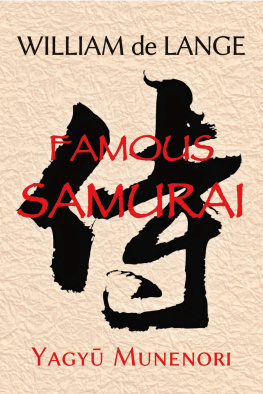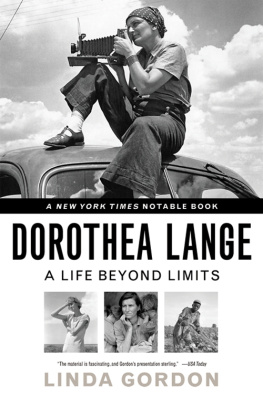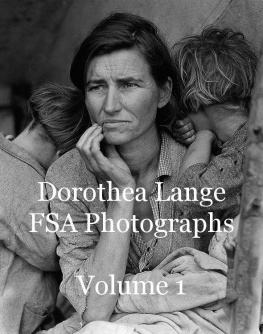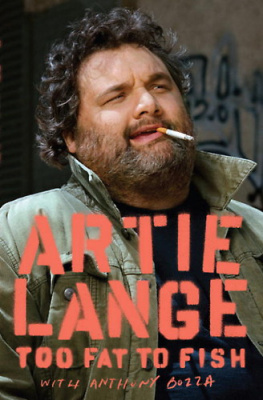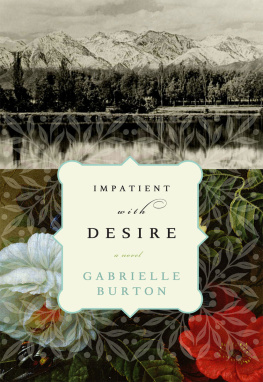The Impatient Dr. Lange
SEEMA YASMIN
The Impatient Dr. Lange
One Mans Fight to End the Global HIV Epidemic
Foreword by
Princess Mabel van Oranje

2018 Seema Yasmin
All rights reserved. Published 2018
Printed in the United States of America on acid-free paper
9 8 7 6 5 4 3 2 1
Johns Hopkins University Press
2715 North Charles Street
Baltimore, Maryland 21218-4363
www.press.jhu.edu
Library of Congress Cataloging-in-Publication Data
Names: Yasmin, Seema, 1982 author.
Title: The impatient Dr. Lange : one mans fight to end the global HIV epidemic / Seema Yasmin ; foreword by Princess Mabel van Oranje
Description: Baltimore : Johns Hopkins University Press, 2018. | Includes index.
Identifiers: LCCN 2018002312 | ISBN 9781421426624 (pbk. : alk. paper) | ISBN 9781421426631 (electronic) | ISBN 1421426625 (pbk. : alk. paper) | ISBN 1421426633 (electronic)
Subjects: | MESH: Lange, Joep. | HIV Infections | Acquired Immunodeficiency Syndrome | Anti-Retroviral Agents | Biomedical Researchhistory | History, 20th Century | History, 21st Century | Biography
Classification: LCC RC607.A26 | NLM WZ 100 | DDC 362.196/9792dc23
LC record available at https://lccn.loc.gov/2018002312
A catalog record for this book is available from the British Library.
All illustrations courtesy of Rietje de Krieger.
Special discounts are available for bulk purchases of this book. For more information, please contact Special Sales at 410-516-6936 or .
Johns Hopkins University Press uses environmentally friendly book materials, including recycled text paper that is composed of at least 30 percent post-consumer waste, whenever possible.
To Khateejah, Zohra, and Yasminfor showing me that women can do everything
To Body & Soul, the young people I met at Teen Spirit, and all those living with and affected by HIV/AIDS. You have taught me how to fight and how to love.
Some peopleand I am one of themhate happy ends. We feel cheated. Harm is the norm. Doom should not jam.Vladimir Nabokov, Pnin
People living deeply have no fear of death.
Anas Nin, The Diary of Anas Nin, volume 2
CONTENTS
FOREWORD
The tragedy of Malaysia Airlines flight MH17, which was shot down in the summer of 2014, left gaping holes in the families of two hundred and ninety-eight men, women, and children. For the international AIDS community, the blow was devastating. Six people committed to the fight against HIV/AIDS lost their lives on their way to the twentieth International AIDS Conference in Melbourne, Australia. Among them were my friends Dr. Joep Lange and his partner, Jacqueline van Tongeren, who had dedicated their lives to the fight against AIDS.
Joep was a pioneer in advocating for access to HIV treatment. After the introduction of antiretroviral therapy, he spearheaded a movement to make the drugs available to everyone infected with the virusrich and poorregardless of where they were from. He also led the first clinical trials that showed how these drugs could prevent the spread of HIV from pregnant women to their unborn children.
Joeps leadership style was fierce and honest. Joep dared to be up-front with those in power and hold them accountable for their actions, or inactions, against HIV. His words could make people uncomfortable, but they certainly spurred action. Those scientists and policy makers who believed that it was too expensive and too difficult to get antiretrovirals to sub-Saharan Africa were encouraged by one of Joeps now famous mantras: If we can get cold Coca-Cola and beer to every remote corner of Africa, it should not be impossible to do the same with drugs. His pragmatic approach and sometimes unexpected partnershipssuch as with Heineken or the army in Tanzaniawere always focused on delivering results for those most in need.
HIV was more than an infectious disease to Joep. Over the years, he became acutely aware of how disease and poverty are fully interlinked. Traveling from his home in Amsterdam, Joep crisscrossed the globe visiting health facilities around the worldfrom HIV clinics in Kampala to hospitals in Bangkok to community test centers in rural Nigeria. Wherever he went, Joep always took the time to learn about the realities on the ground, speak with those affected, and explore innovative solutions to increase the effectiveness of interventions. He was outraged by the suffering of those who could not afford the medications that were so easily available to his patients in the Netherlands.
Joep taught us that epidemics are fueled by injustice. He was unafraid to broaden his reach beyond HIV and fight for improved access to health care in sub-Saharan Africa. When he established the PharmAccess Foundation, his goal was to provide health insurance and medicines to the poorest of the poor. Some told him his goals were too lofty. Joep ignored them and continued to push, together with Jacqueline, for improved health care for all.
Joep and Jacquelines commitment to getting medicines into the hands of those who needed them has likely saved hundreds of thousands of lives. Even in death, their efforts continue. The PharmAccess Foundation, the Amsterdam Institute for Global Health and Development, and the Joep Lange Institute are just some of their legacies that carry on their visionary work.
Much remains to be done. Without Joep and Jacquelines compassionate concern and leadership, we all have an obligation to step up our efforts in the fight against HIV/AIDS. Too many people are still becoming infected; too many are still losing their lives to a preventable and treatable disease.
There are many stories to be told about Joeps life as a scientist, doctor, and activist. I hope that the selection highlighted in this biography will spark a new wave of activism and inspire a new generation of scientists, doctors, policy makers, and advocates to end the AIDS epidemic. As Joep taught us, change will happen only if we make it happen.
Princess Mabel van Oranje
HOW THIS BOOK CAME TO BE
I first met Joep Lange when I was seventeen and idealistic. He seemed tall and important. Stepping away from a podium at a London conference, he collected his notebook and swept a hand over his short, graying hair. He had finished giving a talk about HIV. My mum, who was a consultant to the International AIDS Society where Joep worked, gently pushed me toward him. Go on, go on, he will talk to you, she said. I wasnt sure.
I was cutting school regularly. Dumping my textbooks in the hallway of our east London flat, I would take the bus that went west from Hackney toward Great Ormond Street Hospital to volunteer at Body & Soul, an organization that supported families and young people living with HIV and AIDS. I started working at Body & Soul when I was fourteen. Besides counseling young people through exams, first loves, and the nasty side effects of HIV medicines, I pushed the British government for better sexual health education in schools. While I was winning national awards for my advocacy on sexual health and HIV, my teachers were calling my mum to complain about my absences.
So I didnt think Joep would talk to me. I was used to British professors with their hoity airs and graces. They looked at me through narrow eyes when I asked if I could spend time in their HIV labs. No, they said. It would take too long to train me. It was too much of a bother.
Not Joep. He escaped a semicircle of scientists who had gathered around him near the podium, slipping through the crowd in the manner of a person adept at evading perfunctory chitchat. My mum once told me that he found small talk ghastly and would press his cell phone to his ear and pretend to be on a call to avoid it at the end of meetings. But that day he walked up to me. I want to be like you, I blurted out. I want to do a PhD and find a cure for AIDS. Joep smiled. He bent his neck, bringing his face closer to mine, and said, If you want to help people, first you need to learn how to take care of them. Go to medical school.
Next page

